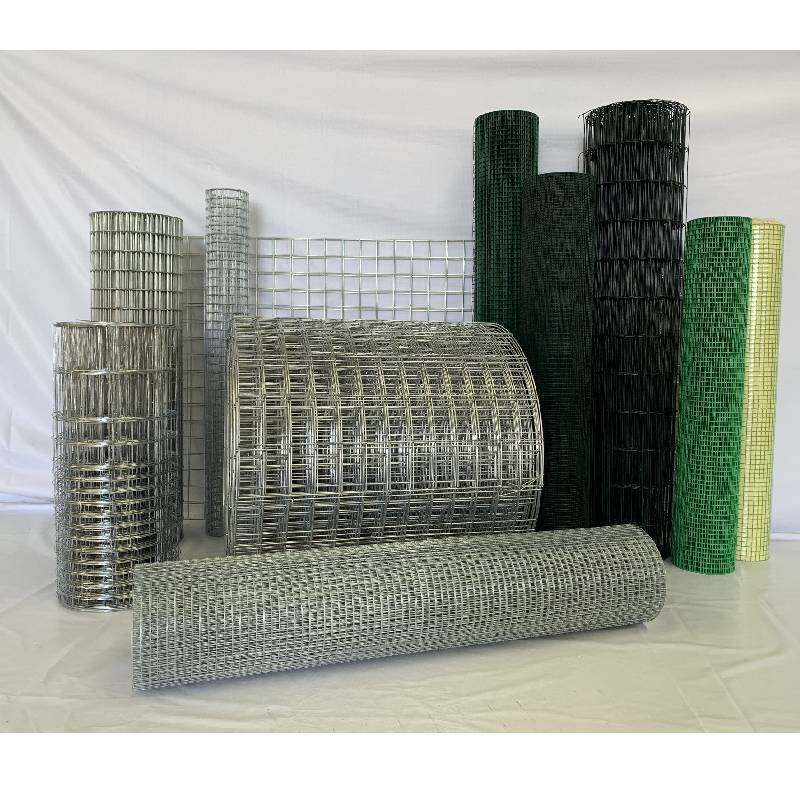wood floor nails
The Essential Guide to Wood Floor Nails
When it comes to installing hardwood floors, one of the key components to consider is the type of nails you use. Wood floor nails play a critical role in ensuring that your flooring remains secure, stable, and aesthetically pleasing. In this article, we will explore the different types of wood floor nails, their features, and their applications, helping you make an informed decision for your flooring project.
Understanding Wood Floor Nails
Wood floor nails are specifically designed fasteners that help to secure wooden planks to the subfloor or underlying structure. Unlike regular nails, which may not provide the necessary grip or support, wood floor nails are engineered to withstand the stresses and strains that wooden flooring experiences over time.
Typically, these nails are made from steel and are available in various sizes and designs. They come in two main types cleat nails and straight nails. Each has unique characteristics suited for different flooring applications.
Cleat Nails
Cleat nails have a distinctive design consisting of a head and barbs on either side of the shaft. This design allows them to grip the wood more effectively, reducing the likelihood of the nails loosening over time. Cleat nails are particularly beneficial for tongue-and-groove flooring since their shape facilitates easier alignment and placement of the boards.
The advantages of cleat nails are numerous. First, they provide excellent holding power, which is essential for preventing movement in hardwood floors. Secondly, their design minimizes the risk of splitting the wood, which can occur with other types of fasteners.
However, cleat nails typically require specialized nailers for installation, which can be a consideration if you're aiming for a DIY project.
Straight Nails
Straight nails, or flooring nails, are simpler in design compared to cleat nails. They have a smooth shaft and a flat head but lack the barbs that cleat nails possess. While they may not offer the same level of holding power as cleat nails, they have their own advantages.
wood floor nails

One of the significant benefits of straight nails is their ease of use. They can be driven into the flooring with a simple hammer or a nail gun, making them a favored option among DIY enthusiasts. Straight nails are also typically less expensive than cleat nails, which can be beneficial if budget constraints are a concern.
Nevertheless, homeowners should be cautious when using straight nails, as they may loosen over time or may not provide sufficient support in high-traffic areas.
Choosing the Right Wood Floor Nails
The selection of wood floor nails depends on various factors, including the type of hardwood flooring, the installation method, and personal preferences. Here are a few considerations to keep in mind
1. Thickness of Flooring Thicker hardwood flooring may benefit from cleat nails due to their increased holding power, while thinner planks can often be adequately secured with straight nails.
2. Installation Method If you are using a nail gun for installation, ensure that your chosen nails are compatible with the tool. Nail guns designed for cleat nails will often not work with straight nails and vice versa.
3. Type of Subfloor The material of the subfloor can also dictate the type of nails you should use. For instance, concrete subfloors may require special fasteners to ensure proper installation.
4. Aesthetic Concerns Some homeowners may wish to minimize the visibility of nails after installation. In such cases, cleat nails can be a more suitable option, as they tend to be less noticeable.
Conclusion
When installing wood floors, the choice of nails may seem minor, but it is critical for the long-term success of your flooring project. Understanding the differences between cleat nails and straight nails will empower you to make an informed decision that aligns with your specific needs and preferences. Whether you opt for the robustness of cleat nails or the ease of straight nails, ensuring high-quality installation will result in beautiful and durable hardwood floors that enhance the comfort and style of your home for years to come.
-
Space-Saving Chain Fence Hacks Vertical Gardening with Cyclone MeshNewsJul.16,2025
-
Innovations in Iron Nail Wire Production for Modern ConstructionNewsJul.16,2025
-
Creative Uses of Wire Netting Fence in Modern Landscape DesignNewsJul.16,2025
-
Barbed Wire Fence Innovations in Anti-Climb TechnologyNewsJul.16,2025
-
Architectural Uses of Umbrella Nails for Aesthetic Roof DesignsNewsJul.16,2025
-
Architectural Uses of Razor Barbed Wire in Secure Urban DesignNewsJul.16,2025




